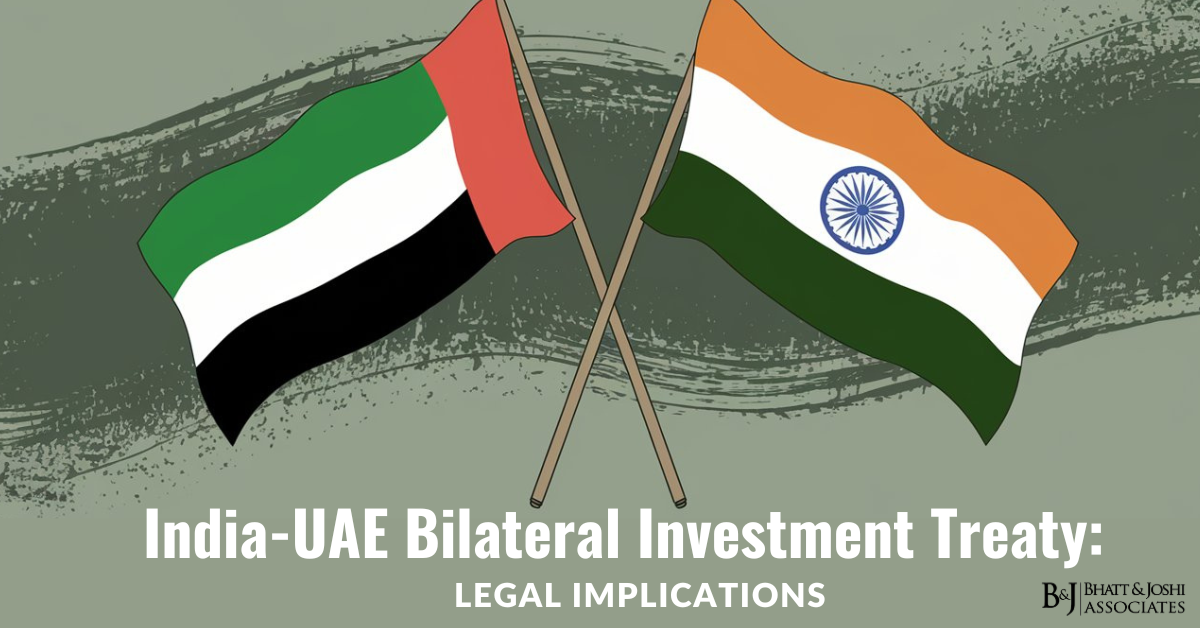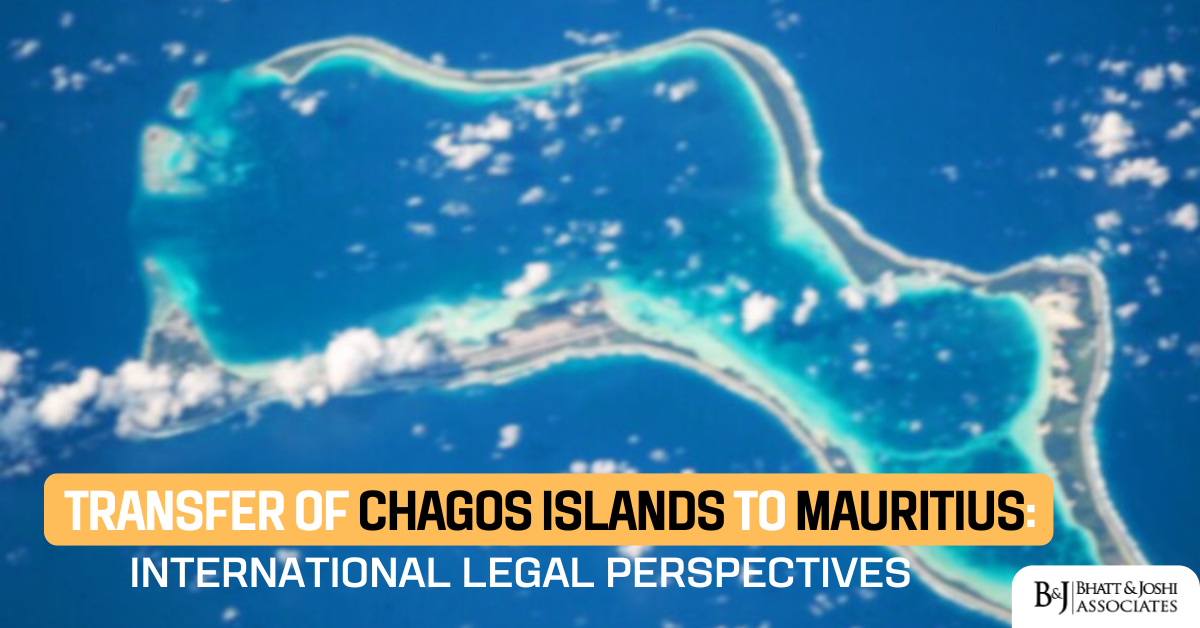Introduction
EU deforestation regulation is an innovative law — based in the Regulation, effects on environment and the crises it generates all around the globe (mostly in countries with deep deforestation problems) EUDR will focus on supply chains, trade practices and other practices that drive loss and degradation of forests, in order to decrease the ecological footprint of the EU as well contributing towards more sustainable practices in trade. The ambitious regulation will have profound and far-reaching impacts on environmental protection, while also touching upon other important dimensions of international trade, namely its legal, economic, and political aspects. The article discusses the origin and development of the European Union Deforestation Regulation (EUDR), discusses its regulatory framework, the legal impact thereof in international trade, as well as implementing law and case law, as well as decisions that have a bearing on the interpretation and application of the law.
The Genesis and Evolution of the European Union Deforestation Regulation (EUDR)
Confronting the EU’s acknowledgment to the known fact that is major consumer of commodities which produce global deforestation as an established global threat, EUDR was recommended by some as a game changer for the problem being addressed: a lot of contextually demanding global deforestation rates have shown to remain extremely high in a few decades across most all forests and woods ever since the conditions we have been seeing post stand-slow response. And some of the lowest hanging commodities from Deforestation are in line for palm oil, soy, beef timber and coffee they have been perennial offenders of deforestation for years driven in part by unchecked and increasing demand around the world for agricultural commodities.
The impact of these activities is equally catastrophic — with loss in biodiversity and rapid acceleration of climate change from additional carbon emission.
Apart from the EUDR, upon the introduction the EUTR, EU Timber Regulation and FLEGT action plan had been put forward with sustainable forestry promotion on one side and import of illegally harvested timber into EU decreased another. Both of these instruments though are flawed and misdirected – EUTR being timber- and timber-product-oriented, there were huge lacunae in dealing with deforestation driven by other commodities.
For the EUDR adoption there was a turning point as starting with 2023 many of commodities and their derivatives were subject to regulation framework, enforcing mechanism were also introduced (further with more legs to stand on than ever before).
The EUDR is rooted in the EU’s commitment to international environmental goals, including the Paris Agreement and the Convention on Biological Diversity. It is also aligned with the European Green Deal, which outlines a comprehensive strategy for the EU to achieve climate neutrality by 2050. By addressing deforestation and forest degradation within its supply chains, the EUDR exemplifies the EU’s dedication to sustainable development and climate action.
Fundamental Provisions of EUDR
The European Union Deforestation Regulation (EUDR) greatly imposes on operators and traders placing certain commodities on EU market, these commodities include cattle (and derived products like beef and leather), cocoa, coffee, palm oil, soya and timber but also numerous financials of all sort. Operators are expected to implement steps so these products are “deforestation-free”: meaning that after 31 December 2020 their production did not lead to deforestation or forest degradation. This provision also mandates that products are in conformity with the laws of the producing country.
At the heart of EUDR lies the duty of operators to conduct due diligence to show compliance These elements show how a due diligence system works:
Assuming that commodities are traceable to an operator, operators need to set up processes to trace those commodities down to their geographic origin. Traceability is key to allow for assessment of deforestation in production areas. Perform risk assessment to determine what links may exist to deforestation This provision prohibits operators from placing products on the EU market where the risks cannot be sufficiently mitigated to make them (at an economically reasonable cost) Almost negligible Where compliance cannot be demonstrated, the entities shall send detailed declarations with procedural checks and verifications by competent authorities. This regulation also provides for heavy fines when compliance is breached. The sanctions vary from monetary fines to seizure of goods and bans for placing into the EU market. In introducing these provisions under the EUDR, the objective is to remove products associated with deforestation from EU supply chains and therefore diminish the EU contribution to world deforestation.
Regulatory Framework Governing the EUDR
Regulatory Framework that Governs European Union Deforestation Regulation (EUDR) is quite complex. It is nestled within the larger legal framework of European Union. This framework includes important legal instruments and principles.
Like the Treaty on Functioning of European Union. Known by its acronym TFEU, this treaty is cornerstone of EU. It underpins the EU’s environmental and trade policies. Article 191 of TFEU underscores the commitment of EU. It is a commitment to environmental protection sustainable development and climate change combat.
Article 207 of TFEU is another crucial document. It lays down the legal foundation for EU’s common commercial policy. This policy allows EU to regulate trade practices. The practices are in alignment with environmental objectives.
EU Customs Code plays a vital role. It enforces the provisions of the EUDR. Customs authorities are of crucial importance. They play a pivotal role in identifying non-compliant goods. They intercept them at EU’s borders. This ensures that only deforestation-free products make their way to single market.
General Data Protection Regulation (GDPR) intersects with EUDR. This intersection happens in context of supplier and geographic data handling. The need for a robust traceability system under EUDR is significant. It necessitates the collection and processing of sensitive information. The information must comply with GDPR requirements.
Alignment of EUDR with international treaties holds value. This involves United Nations Framework Convention on Climate Change (UNFCCC). Also World Trade Organization (WTO) agreements come under this. This alignment emphasizes the role of EUDR. It advances global sustainability. Regulation is meant to balance environmental objectives. It uses principles of non-discrimination and proportionality. These principles come under international trade law.
Judicial Perspectives and Case Laws
The roll-out of EUDR and antecedents has led to some prominent legal disputes. These cases are given credit for shaping interpretation and enforcement. These mark significant moment. Specifically where environmental law intersects with global commerce. It is a legal crossroads. A relevant example is a legal clash. It is European Commission v. Poland (C-441/17). The focus: Poland’s mass tree felling in Białowieża Forest. This site has UNESCO World Heritage status. European Union’s Court of Justice or CJEU made conclusion. This conclusion was that Poland violated environmental laws. These laws are part of the EU. Importantly, it was a reminder of biodiversity conservation value.
This legal case upheld an important ruling. It established the EU’s sway in imposing strict environmental guidelines. That is an aspect of European Union Data Regulation (EUDR). This case highlighted importance of being vigilant about biodiversity. It brought clarity to the need for strict environmental conservation measures.
It points to a crossroads. The crossroads. Those being environmental law and international trade. Significant legal battle is European Commission v. Poland (C-441/17). The case features Poland’s extensive logging in Białowieża Forest. This forest is a UNESCO World Heritage site. Court of Justice of European Union (CJEU) made a ruling. Poland’s actions were found in violation of EU environmental laws. Case emphasized importance of biodiversity preservation. It also bolstered EU’s power to uphold firm environmental standards. This principle is evident in EUDR.
In PreussenElektra AG v. Schleswag AG (C-379/98) CJEU upheld principle. The principle is that environmental protection can justify trade restrictions under certain conditions. The case mainly dealt with renewable energy. However reasoning has been put on EUDR’s trade implications. This is true particularly in balancing environmental objectives with free trade principles.
A challenge from Indonesia to EU restrictions on palm oil imports before WTO. It highlights complexities of trade and environmental goals. The WTO panel’s findings emphasized quite a few things. One of them is that environmental measures need to be non-discriminatory and proportionate. These principles are deeply embedded in EUDR’s design. The idea is to minimize trade disputes. This design is also meant to help in achieving its objectives.
Trade Implications of the EUDR
EUDR greatly affects international trade. The effect is deep. The regulation shapes global supply chains. It adjusts market dynamics. Exporters from outside the EU face major obstacles. They struggle to comply with the regulation. This is especially hard in areas with limited regulatory infrastructure.
Countries such as Brazil Indonesia and Malaysia are vital suppliers. They provide commodities linked to deforestation. The countries need to invest in sustainable practices. They also need traceability systems. This is all to keep EU market access.
Meeting the EUDR requirements is costly. Companies have to make big investments. They need technology. They need certification. They also need monitoring. The costs hit small and medium-sized enterprises hardest. They may not have resources. They may not be able to create due diligence systems.
This situation may lead to market consolidation. Larger entities can stay compliant easier. They have more financial capacity. The EUDR could make it easier for them to dominate the market.
The EUDR may redirect trade flows. Non-compliant producers look for alternative markets. Those markets have less strict regulations. This diversion of trade could worsen deforestation. It can happen in areas not under EU regulation. This situation weakens the regulation’s global impact.
Responses from Affected Countries
Nations impacted by the EUDR have adopted diverse strategies. These strategies aim to deal with implications. Few have elevated sustainability structures. These are in line with demands of the regulation. Indonesia and Malaysia are among them. They’ve improved national certification strategies. The examples include Indonesian Sustainable Palm Oil (ISPO) and Malaysian Sustainable Palm Oil (MSPO) standards.
On the other hand some have joined diplomatic endeavors. They have also initiated trade discussions with the EU. They did this to deal with concerns about EUDR’s impact. Discussions often focus on boosting capacity measures. Another focus is on providing technical help to back compliance.
In certain cases, countries that are affected have initiated legal disputes. They used international dispute resolution mechanisms. Indonesia’s challenge at WTO to EU’s palm oil restrictions shows potential of trade disputes. The disputes are often due to environmental regulations. These challenges emphasize the importance of transparent and fair mechanisms. These mechanisms can assist in addressing conflicts.Conflicts exist between trade and environmental aims. This poses a critical challenge. Complex issues arise. They need resolution. Different interests conflict. These are often difficult to reconcile. The matter is not easily solvable. There is an urgency however. A need to address these pressing matters on an international level. This calls for holistic approaches. Balancing trade and environmental concerns is essential. In context of the global economy, this is vital. The importance of environmental sustainability cannot be understated. Yet economic growth is also a key aim. This shows the conflicts that exist. Between trade and environment. Finding a balance requires nuanced strategies. Ones that take into account different perspectives. Environmentally sustainable practices can lead to trade barriers for some. Economically productive practices can harm the environment. This results in an intricate web of cause and effect. One where no easy solution presents itself.
Striking this balance is a vital issue. It is at the heart of trade-environmental conflicts. It requires a far-sighted approach. One that does not sacrifice long-term environmental health for economic gains. Nor does it sacrifice economic growth for immediate environmental gains. Striking the right balance here is crucial. It ensures a harmonious coexistence between trade and the environment.
Conclusion
European Union Deforestation Regulation is a daring step. It brings environmental sustainability into global trade norms. This is notable challenge for international trade. Significant investments are needed in compliance and capacity-building. The regulation though offers prospects. It can galvanize innovation and back sustainable development. A global standard for handling deforestation can be set by it. Encouragement of collaboration is the aim of EUDR. It seeks to find a balance between trade and environmental goals. This regulation can perhaps be a model.














